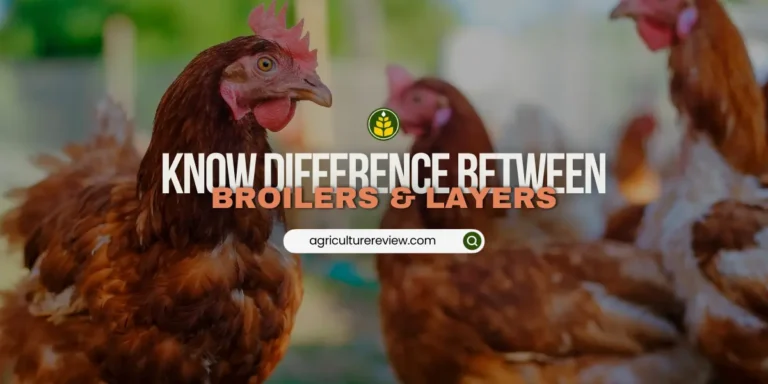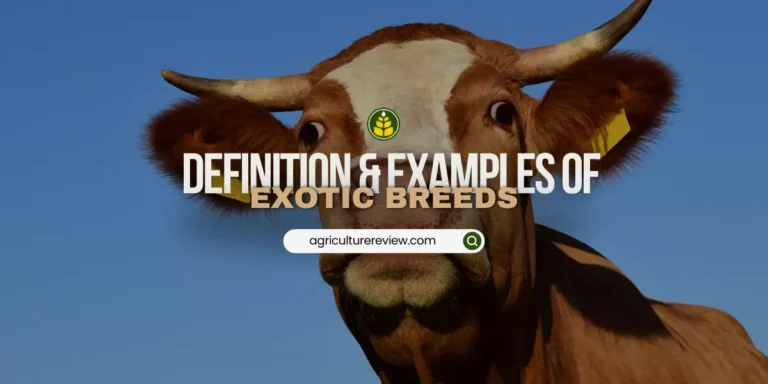This ultimate guide on tillage will guide you in understanding definition, types and their importance. It is an important farm activity that is required for growing and raising crop in the field.
Farmers own a piece of land in which he or she raises crop in every season. Or he can also use a waste land for farming. Now imagine could he start farming directly on the same land again and again?
After every harvest there will be crop residues, soil clods, insects, pests, and compaction in soil due to roots. So to raise crops for the next season farmer must have to do something to create favourable condition in the soil for crop growth. There comes the importance of tillage.
So let’s start learning.
Table of Contents
What Is Tillage?
We can define it as the “physical manipulation of the soil” to create favourable conditions for the growth of crops. Hence by practicing tillage we create good aeration and water absorbing capacity in the soil. Moreover we also destroy pest by eliminating their habitat.
The word “Tillage” is derived from the Anglo-Saxon words, ‘tilian‘ and ‘teolian.’ That means to plough and prepare soil for seed sowing, cultivation and raising of crops in the field.
But while knowing about the meaning of tillage you must be wondering then what is “tilth”? Many people often gets confused between these simple terms. So here is the answer that will clear your doubts.
What Is Tilth?
Tilth is the physical condition of the soil that results after practicing tillage. It is the condition in which soil becomes loose friable, airy, powdery, and crumbly. At this moment the optimum soil moisture content is present that is needed for sprouting of seeds.
We can also say that “tilth is the ideal seed bed.”
Classification
Tillage can be broadly categorized into three types:
1) On Season Tillage: It is done during the main cropping season (June-July or Sept.-Oct.)
2) Off Season Tillage: Generally we practice it during fallow or non-cropped season (summer).
3) Special Types of tillage: It is practiced at any time with some special objective or purpose.
On Season Tillage
We can call it tillage practice which we perform for raising crops in the same season or at the onset of the crop season. They are further classified as:
1) Preparatory Tillage
2) Inter-Tillage
Preparatory Tillage
It is the tillage we perform for raising of crops in the field. It is further divided into three types, Primary, Secondary, and Seed bed preparations.
Primary Tillage
The initial major soil working operation after harvesting is primary practice. We practice it to reduce soil strength, vegetative cover materials and rearrange aggregates.
Generally we can say that the operations practiced to open up any cultivable land with a view to set up or organize a seed bed for growing crops is called as primary tillage.
We can use animal drawn implements such as indigenous plough and mould-board plough.
Or we can also use tractor drawn implements such as mould-board plough, disc plough, subsoil plough, chisel plough and other similar implements.
You will also love reading them,
READ MORE: Orchid Farming Guide
READ MORE: Termite Control Guide

Secondary Tillage
Tillage operations that we practice after primary tillage to create proper soil tilth for seed sowing and planting are secondary tillage. They are lighter and finer operations, that we perform on the soil after primary operations.
In this operation we condition the soil to satisfy the various tillage objectives of the farm. We can use implements such as differing types of harrow, cultivators, levellers, clod crushers etc.
Seed Bed Preparations
We can call it very shallow operations that we perform in the field for preparing seed bed or making soil suitable for plantation. In this operation we control weeds and develop structure of the soil.
Inter Tillage
Shallow tillage operations that we practice after sowing or planting of crops. This is generally practiced during the crop stand in the field. All the field operations such as harrowing, hoeing, weeding, earthing up, ridges and furrow formation, etc.
Off Season Tillage
When we practice tillage operations during un-cropped season for conditioning the soil then it is called off season tillage.
The main objectives of this operation are water conservation, levelling to the desirable grade, leaching to remove salts for soil reclamation, reducing pest and diseases in the soils, etc.
They can be of following types:
(a) Stubble or post harvest,
(b) Summer,
(c) Winter,
(d) and Fallow tillage.
Special Types Of Tillage
a) Subsoil(sub soiling),
b) Levelling,
c) Wet,
d) Strip,
e)Clean,
f) Ridge,
g) Conservation,
h) Contour,
i) and Blind tillage.
You will also love reading them,
READ MORE: How To Grow Grass
READ MORE: Zero Budget Natural Farming Guide
Objective and Importance of Tillage
It helps in obtaining deep seed bed which is suitable for variety of crops.
We can add more humus and fertility to the soil by covering the vegetation.
It helps in destroying and preventing weeds.
It helps in improving physical conditions of the soil.
They are practiced to break hard soil pans and improve drainage.
Soil becomes loose, hence penetration of roots become easy.
We can create scope for good aeration in the soil for crop growth.
It helps in increasing the water-absorbing capacity of the ground soil.
It helps to modify soil temperature.
We can easily destroy breeding places of insect and pests in the soil.
Moreover it also helps in reducing soil erosion.
You will also love reading these:
READ MORE: COTTON FARMING GUIDE
READ MORE: 3G CUTTING: INCREASE YIELD UPTO 14 TIMES
Types Of Tillage
Minimum: Minimum soil manipulation for crop production.
Strip: In this operation only isolated bands of soil are tilled.
Rotary: It is the tillage operations that employ rotary action to cut, break and mix the soil.
Mulch: It is that the preparations of soil in such condition so that plant residues or other mulching materials are specially left the surface. This helps to maintain adequate moisture required for crop growth and development.
Combined: When we use two or more differing types of tillage tools or implements to simplify, control or reduce the number of operations over a field are called combined tillage.
FAQ On Tillage
A major environmental problem caused by using the agricultural practice of tilling is?
A major environmental problem caused by the agricultural practice of tilling is soil erosion. Practicing tillage loosens the top layer of soil, making it more susceptible to erosion by wind and water.
What is no till farming?
No till farming is a method of cultivating soil without disturbing the soil by practicing tillage. Soil is only disturbed for sowing seeds.






Good efforts
thanks for helping me
Welcome!
Thank you for a wonderful piece
Can I have your number sir
Am from Nigeria
Welcome! You can connect with Agriculture Review on Facebook, Instagram and Koo.